Is my soil hopeless?
dirtydan
14 years ago
Related Stories

MOST POPULARThe Perfect Houseplant for People Who Kill Houseplants
If you can fill a jar with water, you can keep golden pothos vine happy — and it will pay you back with cleaner air and a greener home
Full Story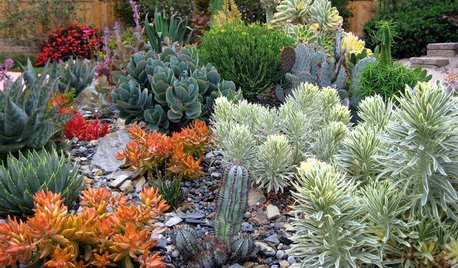
GARDENING GUIDESA Beginner’s Guide to Growing Succulents
Their easy-care reputation is well-deserved, but a little TLC will turn succulents into star plants
Full Story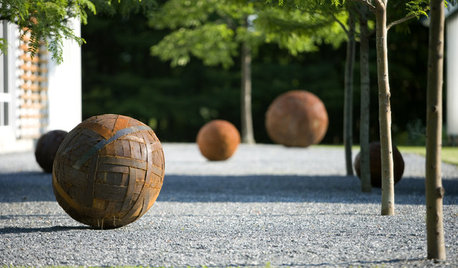
LANDSCAPE DESIGNWhat Kind of Gardener Are You? Find Your Archetype
Pick from our descriptions to create a garden that matches your personality and tells your story
Full Story
LIFETrue Confessions of a House Stalker
Letting go when a new owner dares to change a beloved house's look can be downright difficult. Has this ever happened to you?
Full Story
GARDENING GUIDESHypericum Prolificum Brings the Best of St. Johnswort to the Garden
This eastern North American species pairs bright yellow summer flowers with compact shrubbery
Full Story
DECORATING GUIDESThe Dumbest Decorating Decisions I’ve Ever Made
Caution: Do not try these at home
Full Story
COLORColor of the Year: Off-White Is On Trend for 2016
See why four paint brands have chosen a shade of white as their hot hue for the new year
Full Story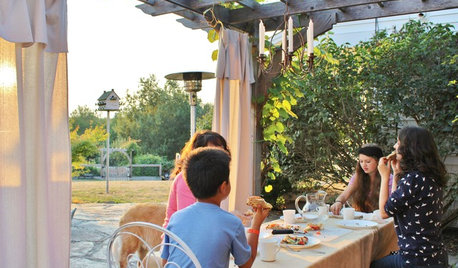
HOUZZ TOURSMy Houzz: A Modern-Day Homestead Brings a Family Together
Their 5-acre Washington property, with sports court, swings, pizza oven and gardens, is a labor of love and communal playspace
Full Story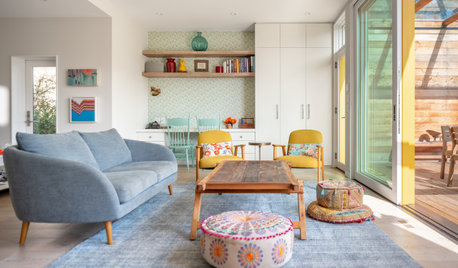
FEEL-GOOD HOMESimple Pleasures: 15 Ways to Welcome Spring
Embrace the season by lightening up, freshening up and connecting with nature
Full Story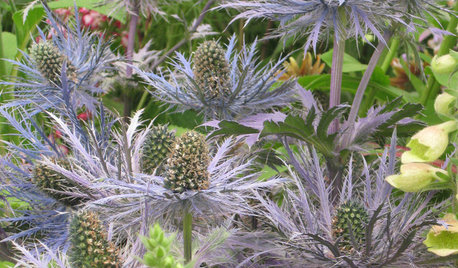
GARDENING GUIDESGreat Design Plant: Sea Holly
Its spiky appearance can be intimidating at first, but sea holly's range of climate tolerances and vivid color make it a landscape winner
Full StoryMore Discussions







Dan _Staley (5b Sunset 2B AHS 7)
leira
Related Professionals
Wrentham Landscape Architects & Landscape Designers · Maple Heights Landscape Architects & Landscape Designers · Mequon Landscape Contractors · Milton Landscape Contractors · Norwalk Landscape Contractors · Paso Robles Landscape Contractors · Rockwall Landscape Contractors · Northlake Landscape Contractors · Reisterstown Landscape Contractors · Bethany Decks, Patios & Outdoor Enclosures · Carlisle Decks, Patios & Outdoor Enclosures · Little Rock Decks, Patios & Outdoor Enclosures · Littleton Decks, Patios & Outdoor Enclosures · Pataskala Decks, Patios & Outdoor Enclosures · Saint Louis Park Decks, Patios & Outdoor Enclosuresbpgreen
dorisl
maifleur01
Kimmsr
Dan _Staley (5b Sunset 2B AHS 7)
toxcrusadr
dorisl
californian
dirtydanOriginal Author
Kimmsr
dirtydanOriginal Author
toogreen